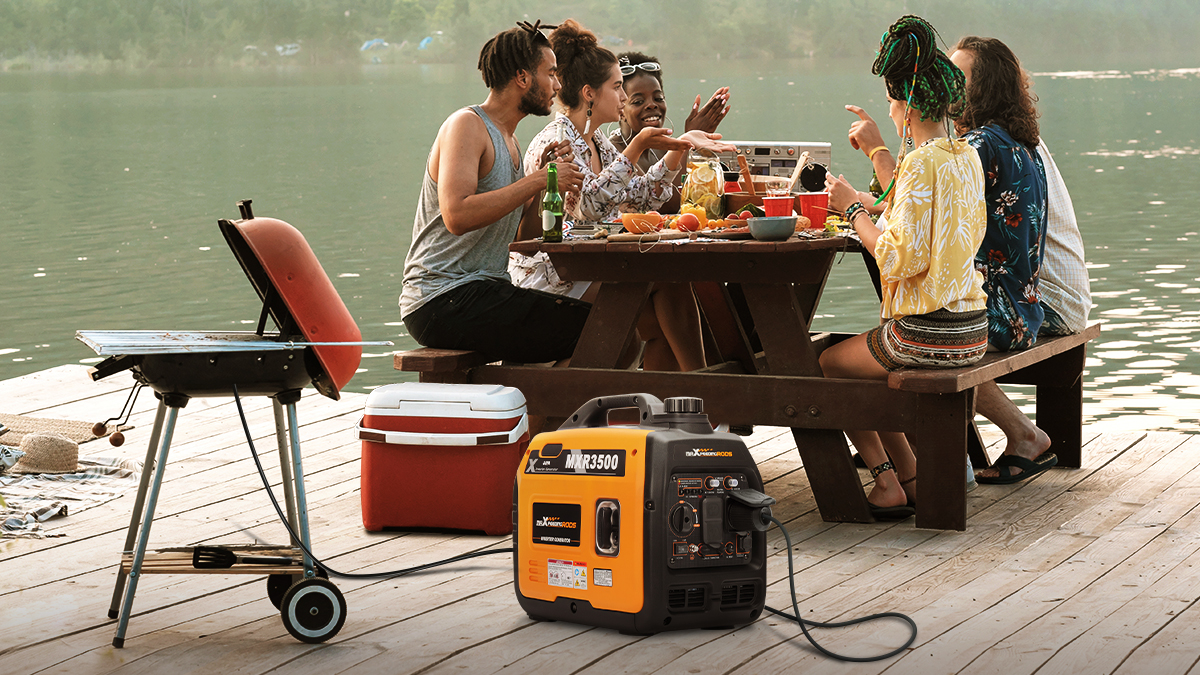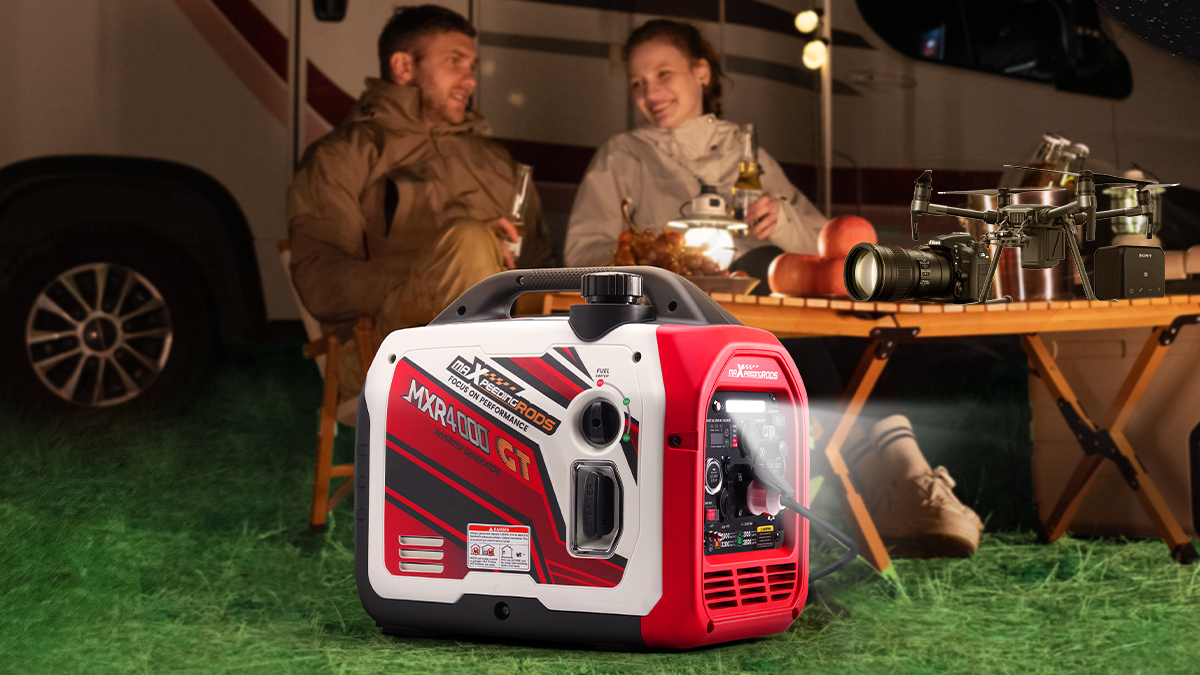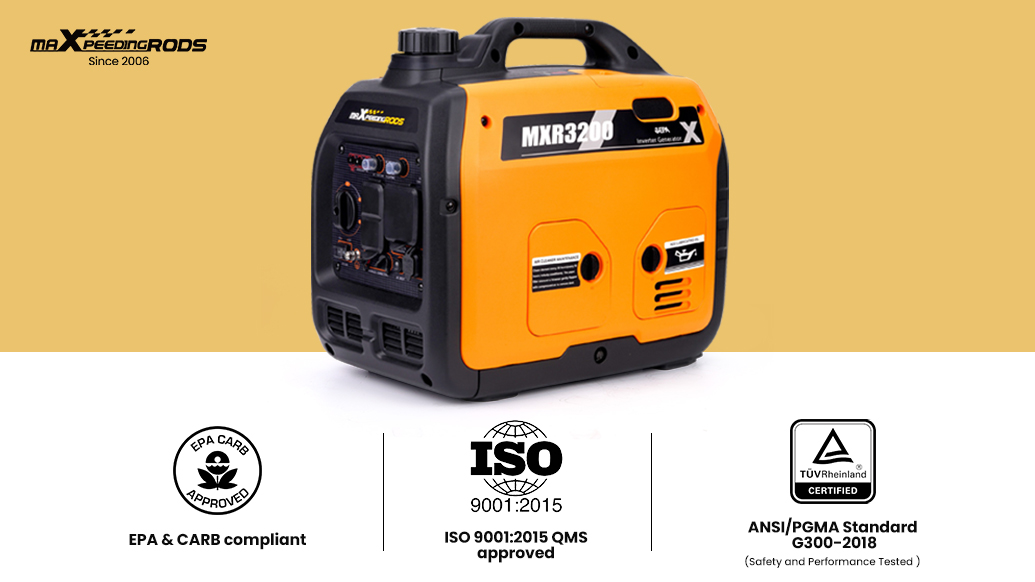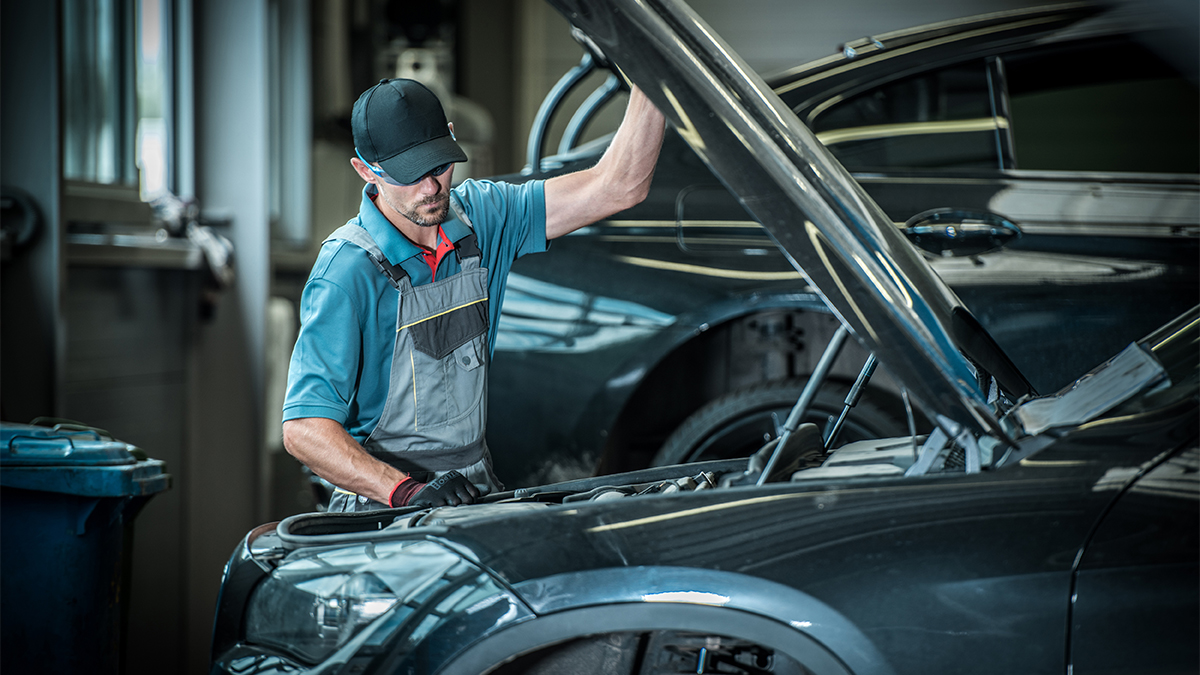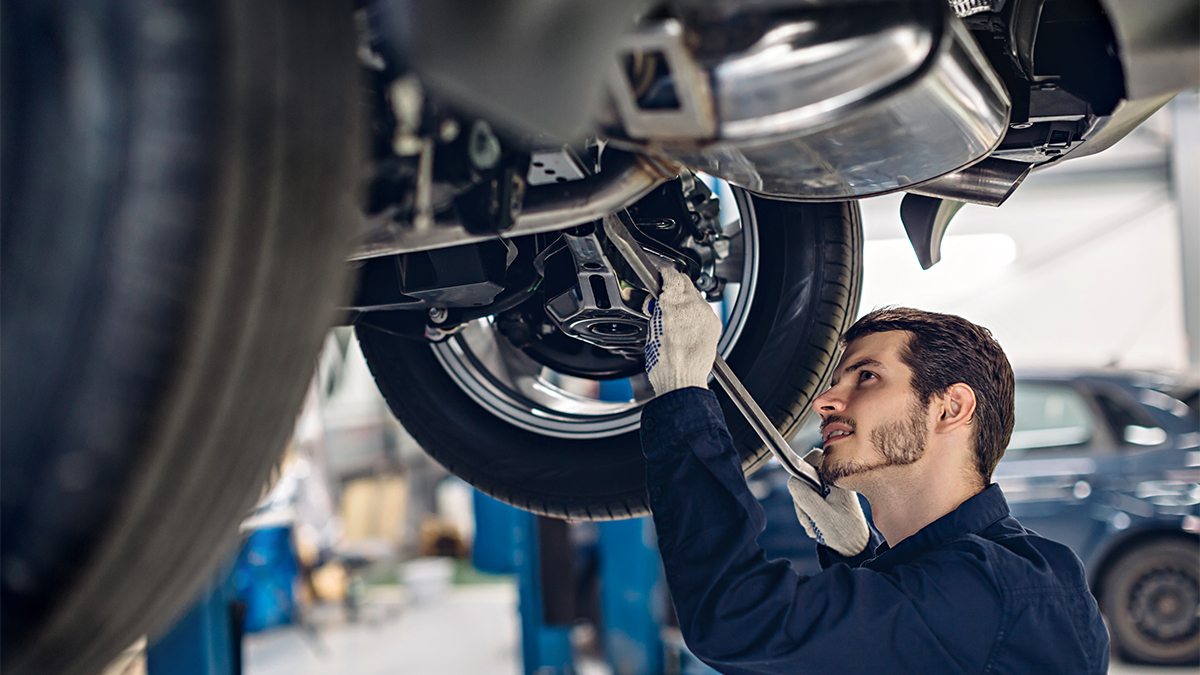Generators are invaluable during power outages or outdoor excursions. However, as with any powerful tool, they require some precautions to ensure everything runs smoothly. Before you power up, let’s go over some key safety tips to keep your experience hassle-free and secure.
1. Keep It Outdoors—Always
While it might seem logical to place your generator in the garage or basement to shield it from the elements, doing so is extremely dangerous. Generators emit carbon monoxide (CO), a colorless and odorless gas that can be lethal. Operating a generator indoors or in an enclosed space, even with some ventilation, allows CO to build up quickly, creating a potentially fatal environment.
For safety, always use your generator outside, at least 20 feet away from doors, windows, and vents. This distance helps ensure that any CO produced dissipates harmlessly into the air, keeping your indoor environment safe.
2. Steer Clear of Wet Conditions
Using a generator in wet conditions or near water sources is a recipe for disaster. Water and electricity don’t mix, and exposure to rain, snow, or even puddles can lead to electrocution or short circuits. To avoid these hazards, place your generator on a dry, elevated surface and consider using a canopy to protect it from moisture.
By keeping your generator dry, you safeguard both yourself and your equipment from potential electrical mishaps.
3. Leave Home Connections to the Experts
Thinking about connecting your generator directly to your home’s electrical system? This is not a DIY job. Improper connections can lead to backfeeding, which is not only illegal but also dangerous to utility workers and your household. A qualified electrician should always handle this task to ensure it’s done safely and in compliance with local codes.
4. Fire and Explosion Hazards: Play It Safe
Never refuel a running generator. Always shut it down and let it cool before adding fuel. This precaution prevents the ignition of fuel vapors, which could otherwise lead to a fire or explosion.
Fuel vapors are highly flammable, so be sure to store your fuel in an approved container, away from any sources of ignition. Additionally, avoid smoking or having open flames near your generator while refueling. These steps aren’t just about preventing accidents—they’re about maintaining a safe environment for everyone involved.
5. Read the Manual (Yes, It’s Important)
It might be tempting to skip this step, but reading the manual is crucial. Understanding the specific safety requirements and operational guidelines for your generator model can prevent accidents and help extend the life of your equipment.
Looking for a reliable generator?
Visit Maxpeedingrods.com to explore our range of Inverter Generators. With Maxpeedingrods, you’re not just getting power; you’re getting peace of mind.
